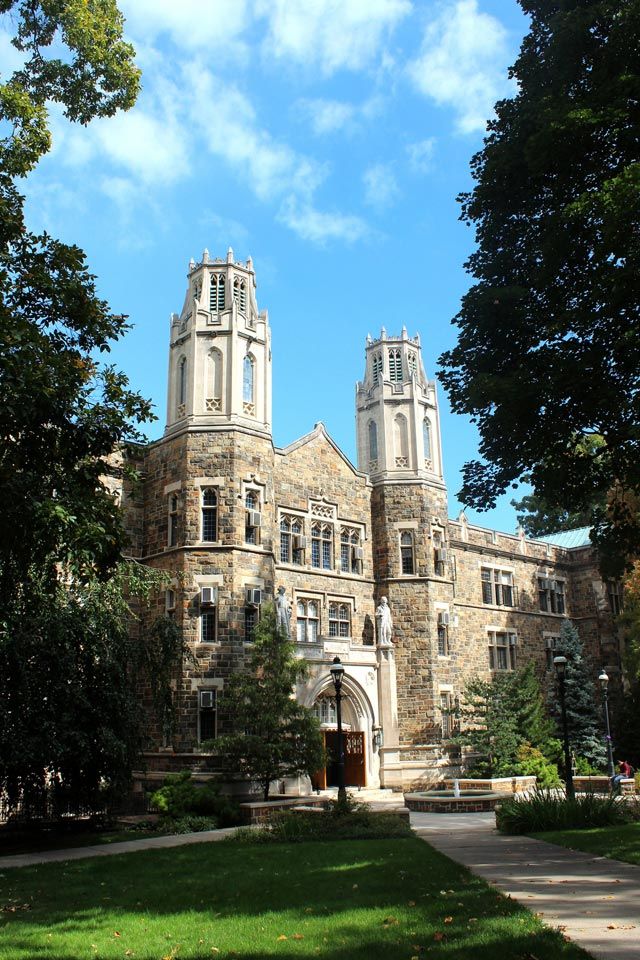Welcome to the 11th issue of Resolve, a magazine dedicated to research and educational innovation in the P.C. Rossin College of Engineering and Applied Science at Lehigh University.
Two years have passed since Congress adopted the Patient Protection and Affordable Care Act, and Americans are still conducting a vigorous debate over the best way to provide healthcare and health insurance.
Meanwhile, a consensus is forming that systems engineers will play a central role in the effort to reform healthcare, improve its quality and deliver it more efficiently. In the past decade, studies by NAE, NSF, NAS, the Institute of Medicine and half a dozen other agencies have argued persuasively that systems engineers are ideally suited to help healthcare become more patient-centered, more responsive and more flexible.
The findings of these reports should come as no surprise. In their effort to optimize processes, systems engineers constantly seek complementarities. They measure, analyze and model every aspect of a process to assess its strengths and weaknesses and to learn how its components can be adjusted or altered to work toward a greater goal or objective.
This holistic approach is nowhere more needed than in healthcare delivery. A multitude of players interact in this arena – from patients, doctors and nurses, to insurers, administrators and financiers, to technicians, pharmacists and researchers. Systems engineers provide the tools to analyze huge quantities of patient, treatment and operational data, to improve communication and performance tracking, and to optimize resource usage. The ultimate goal is for the system to provide informative and high-quality care while utilizing resources in the most efficient manner.
This issue of Resolve examines Lehigh’s new initiative in Healthcare Systems Engineering. The initiative consists of two main components (see page 12): first, a new professional master’s degree program in Healthcare Systems Engineering (page 22), and, second, broad partnerships we have forged with all sectors of the healthcare industry. These partners include major hospital and home-healthcare networks, insurance and pharmaceutical companies, government agencies and consulting firms. They are helping to inform the education and research directions that our new initiative will take. We have a particularly close collaboration with the Mayo Clinic, whose dean of research and academic affairs, Gary Sieck, is featured in the Q&A on page 8.
Many more articles in this issue are devoted to healthcare-related research. Chemical engineers (page 18) are developing a lightweight medical oxygen concentrator for patients with chronic obstructive pulmonary disease. Computer scientists (page 10) have designed and tested an anti-obesity smartphone application that enables kids to get physical exercise while they interact with digital technology and with each other. Materials scientists (page 24) study how adult stem cells can be reimplanted to help regenerate nerves.
I hope you enjoy this issue of Resolve. Please drop me a note to share your thoughts and comments.
S. David Wu, Dean and Iacocca Professor
P.C. Rossin College of Engineering and
Applied Science

